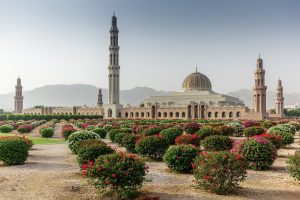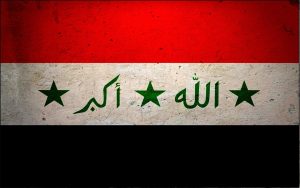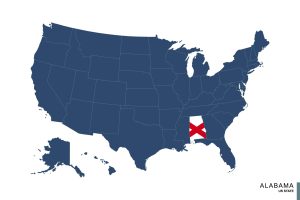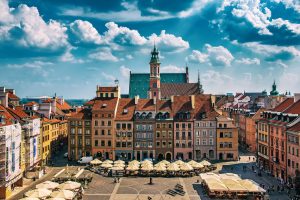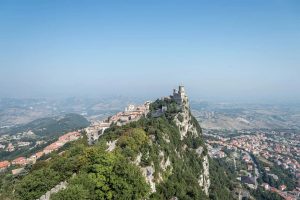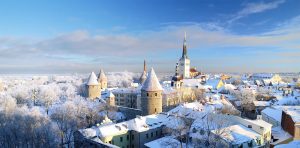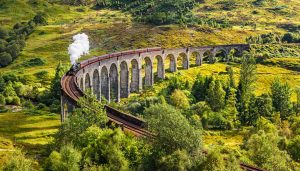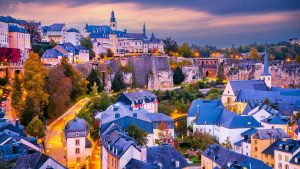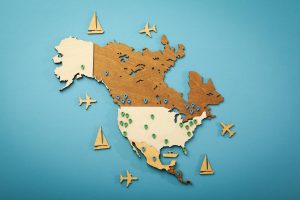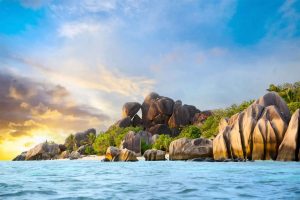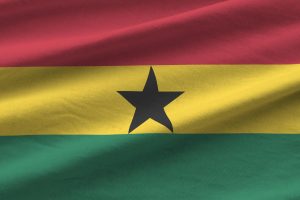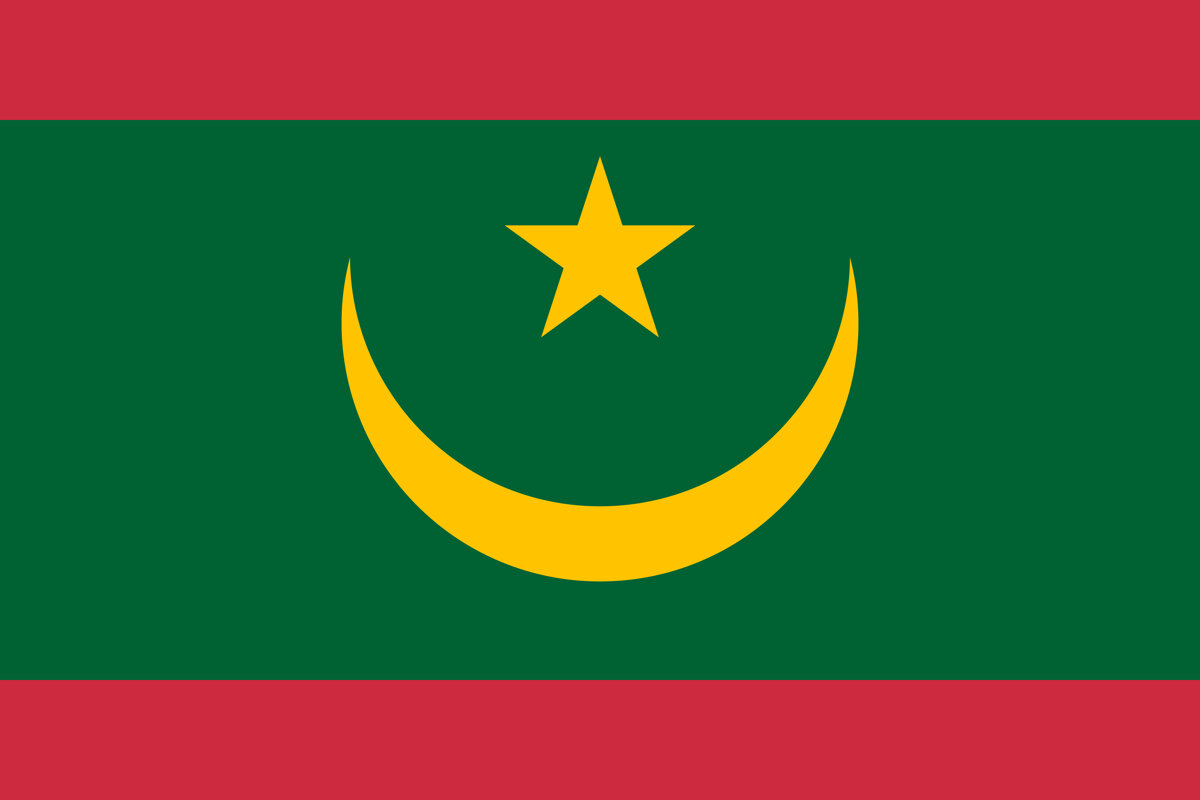
37 interesting facts about Mauritania
- 👁️ 2295
Mauritania, officially known as the Islamic Republic of Mauritania, is a country characterized by its vast deserts, rich history, and cultural diversity. Situated in Northwest Africa, it serves as a bridge between the Arab Maghreb and Western sub-Saharan Africa, offering a unique blend of cultures and traditions. Despite its largely arid conditions, Mauritania boasts significant natural resources, including iron ore, gold, and fisheries. Its history of nomadic peoples and the trans-Saharan trade routes contribute to its rich cultural tapestry. Here, we explore some interesting and informative facts about Mauritania, shedding light on its geography, people, economy, and traditions.
- Mauritania is named after the ancient Berber kingdom of Mauretania, which existed in parts of present-day Morocco and Algeria.
- It gained independence from France on November 28, 1960.
- Nouakchott, the capital and largest city, was a small village until Mauritania’s independence and has since grown rapidly.
- The country is the 11th largest in Africa, covering an area of over 1 million square kilometers.
- Over 90% of Mauritania’s land is covered by the Sahara Desert.
- Mauritania was the last country in the world to legally abolish slavery, in 1981, with criminalization in 2007.
- The Richat Structure, also known as the Eye of the Sahara, is a prominent circular geological feature in the Sahara desert visible from space.
- Mauritania’s economy is heavily dependent on natural resources, with iron ore mining being a major sector.
- The Banc d’Arguin National Park is a UNESCO World Heritage Site known for its biodiversity, especially as a birding hotspot.
- Mauritania is one of the world’s least densely populated countries, with a vast majority of its population living in the southern cities.
- The country has a significant coastline along the Atlantic Ocean, measuring about 754 kilometers.
- The M’Zab Valley, a limestone plateau in the Sahara, is home to five fortified villages built in the 11th century.
- The official and national language is Arabic, but French is widely used in the media and among the educated population.
- Mauritania has one of the world’s longest trains, up to 2.5 kilometers in length, primarily used to transport iron ore.
- Islam is the state religion, and virtually the entire population practices Sunni Islam.
- The flag of Mauritania features a crescent and star, symbols of Islam, on a green background, with red stripes added in 2017 to honor the sacrifices of the country’s martyrs.
- The traditional Mauritanian tent, known as a “khaïma,” is an important symbol of the country’s nomadic heritage.
- Mauritania is divided into three main geographic regions: the Sahara in the north, the Sahelian belt in the center, and the Senegal River valley in the south.
- The Haratin, descendants of Black African people enslaved by White Moors, represent a significant portion of the population.
- Mauritania has a rich oral literature tradition, with poetry being highly esteemed in Mauritanian society.
- Fishing along the Mauritanian coast is a vital industry due to the country’s location along the nutrient-rich Canary Current.
- Mauritania’s legal system is a blend of French civil law and Islamic law (Sharia).
- Traditional music genres like Griot, passed down through generations, play a significant role in Mauritanian culture.
- The Adrar Plateau, with its ancient cities and caravan routes, is a significant historical and tourist site.
- Diawling National Park, located along the Senegal River, is known for its wetlands and birdlife.
- Camel racing and poetry contests are popular cultural activities in Mauritania.
- The currency of Mauritania is the Ouguiya, which is one of the only currencies not based on a decimal system.
- Mauritania has faced several coups since its independence, with the most recent change in government occurring in 2008.
- The country’s railway, besides iron ore transport, also offers a passenger service known as the “Iron Ore Train,” considered one of the most challenging train journeys.
- Mauritania is working on developing its oil reserves, discovered off its coast in 2001.
- Traditional Mauritanian attire includes the “boubou” for men and the “melfa” for women.
- Mauritania is a member of the Arab League, African Union, and United Nations.
- The Chinguetti Mosque, dating back to the 13th century, is one of the seven holy cities of Islam.
- The country has made significant strides in renewable energy, particularly in wind and solar, to combat desertification.
- Mauritania’s cuisine is influenced by Arab, African, and French culinary traditions, with fish and rice being staples.
- The desert town of Ouadane, founded in 1147, was a significant center for the trans-Saharan trade.
- Despite its vast desert, Mauritania is home to unique flora and fauna adapted to arid conditions.
Mauritania, with its blend of desert landscapes, ancient cities, and rich cultural heritage, offers a unique glimpse into the diversity and resilience of life in one of the world’s most challenging environments. From its historic role in the trans-Saharan trade to its contemporary significance in natural resource extraction, Mauritania stands as a testament to the enduring spirit of its people and the complexities of its social fabric. As it navigates the challenges of the 21st century, Mauritania continues to balance tradition and modernity, making it a fascinating subject of study and exploration.
